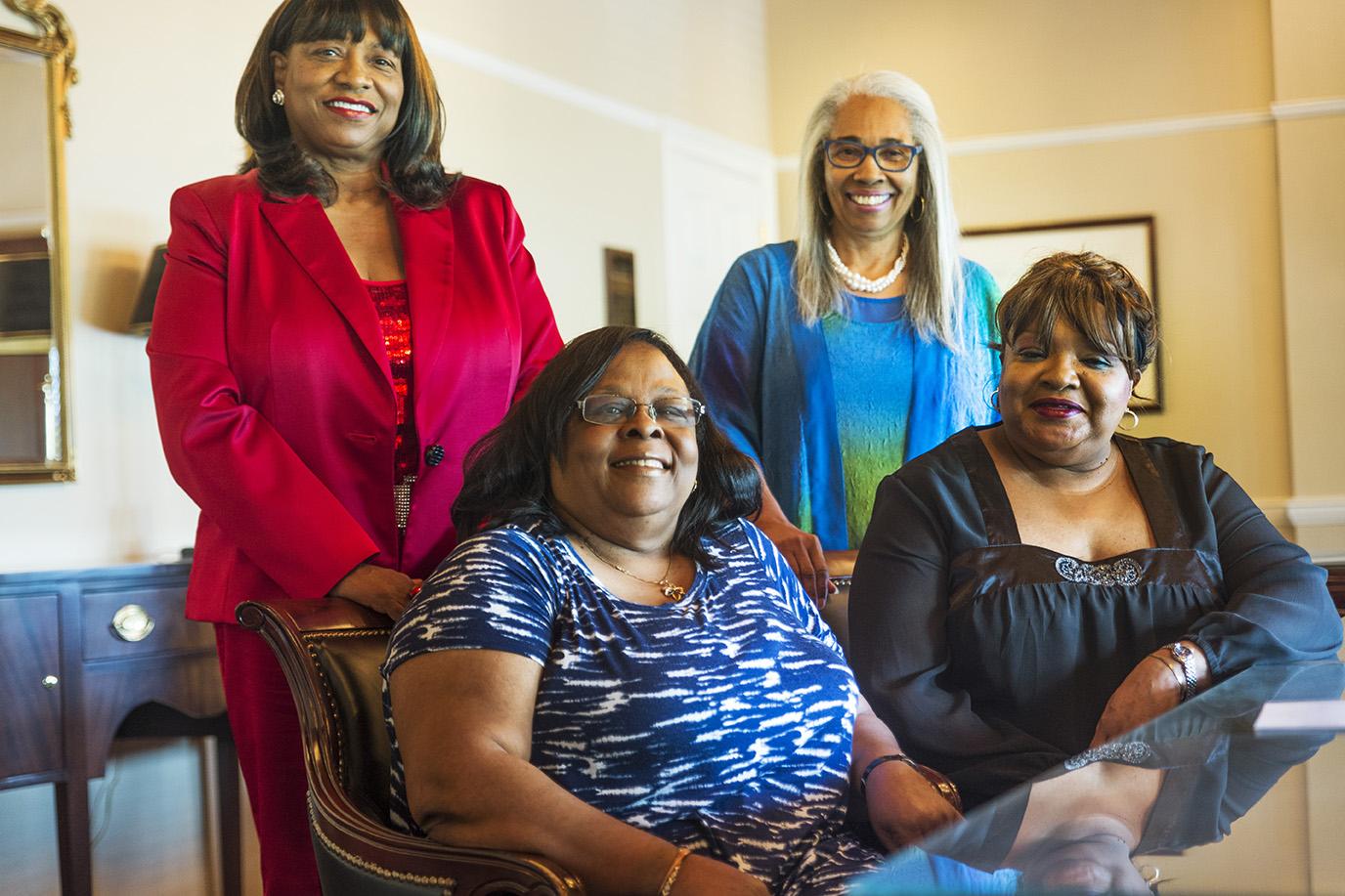They had enough of the segregation and wanted to be integrated. They thus protested. And, that was their crime protesting segregation.
It was the summer of 1963 in Americus, Georgia, and the Student Nonviolent Coordinating Committee (SNCC) in collaboration with the National Association for the Advancement of Colored People (NAACP) organized a demonstration against segregation.
Part of the protest were 30 Black girls who joined the match at the Friendship Baptist Church and ended at a segregated movie.
At the theater, the Black girls defied the segregationist policy of the management of the theater and attempted to buy tickets.
They were arrested for doing so.
Nicknamed the ‘Stolen Girls’, the girls were made up of preteen and young African-American teenagers.

According to Black Main Street, the girls were whisked by the police and sent to Dawson, Georgia, then transported in dark busses to the Leesburg Stockade a dilapidated, barred, Lee County Public Works building.
GBP.org described Leesburg Stockade as “an unremarkable cinder block building, just outside Leesburg. The inside is drab and windowless. Concrete floors, fluorescent lights, bare walls. The city used it as office space, and it once housed the county’s 911 call center.”
The girls were said to be held in one room with a single non-functional toilet, the only water was from a broken dripping shower-head in the room, and the food was sparse and poor.
They were locked up for 45 days.
Carol Barner-Seay, one of the girls, would have this to say decades after their incarceration for fighting for integration in the country their ancestors and her contemporaries helped to build.
“I’m just grateful to keep coming back to see where I was,” she said. “Even though it held me then, it don’t hold me now. So, when I left I didn’t take this with me.”

Barner-Seay and her fellow detainees slept on cold dirty floors at night, forced to drink warm water among others. Their parents knew nothing about their incarceration because authorities at the prison said no word.
Some of them as young as 12 and in the seventh grade were threatened callously with murder for standing up for their right – a right enshrined in the United States Constitution.
According to reports, a rattlesnake was thrown into their cell at one point
A janitor who worked at the place of detention would inform the children’s parents about the whereabouts of their kids.
Emmarene Streeter, who visited the cells in which they were incarcerated for the first time back in over 50 years, said: “When you walk in… ‘There’s a pickaninny!’ ‘Here comes another pickaninny!’ All kinds, saying everything to you, making me feel so bad.” “So, when the movement came to Americus, Georgia, I was just fired up. I was just ready to go, ready to join. To try to change, to do something.”
“We did not move. but I had at that time no no no idea that we was going to be going and going to jail,” said Shirley Reese.
She was said to be 14 at the time, waiting in line at the theater to buy a ticket. After about 30 minutes, a big truck pulled up. Police officers said everyone in line was under arrest.
“And you can imagine what I was thinking about then. I had snuck away from home. My mama didn’t know where I was because they was not home. And here I am being arrested.”










